
What are Architectural Drawings?
When planning and constructing a building, architectural drawings are the foundation of clear communication and flawless execution. These technical illustrations not only convey design intent but also guide contractors, engineers, and clients through every phase of construction.
From understanding the layout of rooms to detailing the intricacies of ceiling systems, architectural drawings bridge the gap between concept and reality.
In this blog, we’ll explore the 13 most important types of architectural drawings you should know and why they matter in today’s construction and design landscape.
Types of Architectural Drawings
In the world of architecture design and building construction, architect drawings act as a visual language to communicates project vision, technical specifications, and other details. Each architectural drawing delivers a unique purpose that contributes to the detailed realization and understanding of architectural design. Let’s look into each type of drawing and understand its significance.
1. Site Plans
A site plan is a bird’s-eye view of the entire property. It includes boundaries, access roads, existing structures, landscaping elements, and utility lines.
This drawing gives context to the building’s placement and ensures compliance with zoning laws and building codes. It’s the first step to visualizing how a structure fits within its surroundings.
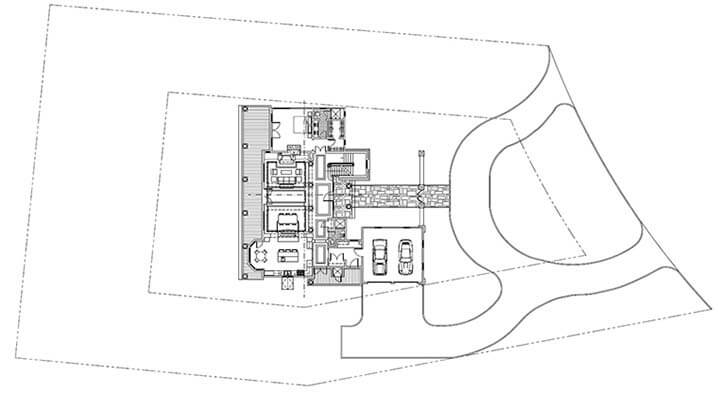
2. Floor Plans
A floor plan is perhaps the most familiar architectural drawing. It’s a horizontal cut made about 1 meter above the floor, showing the arrangement of rooms, doors, windows, furniture, and even appliances.
Whether it’s for a small home or a large commercial building, floor plans are essential for space planning and interior layout.
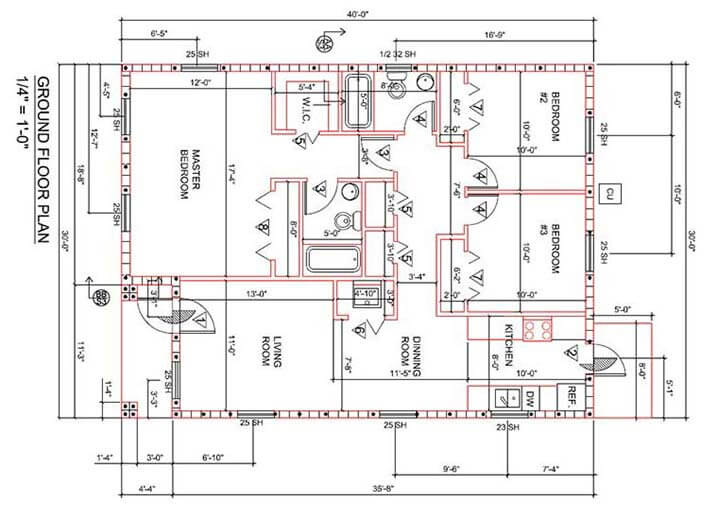
3. Elevation Drawings
Elevation drawings show the exterior of a building from straight-on views (front, rear, or sides). They illustrate materials, textures, finishes, and heights, giving stakeholders a visual sense of the building’s appearance.
These are key for aesthetic review, facade detailing, and securing permissions from authorities.
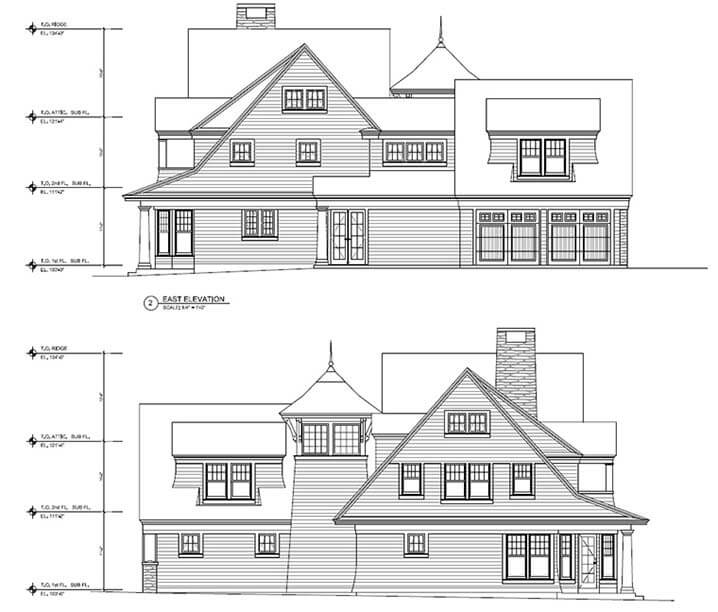
4. Sections Drawings
A section drawing cuts vertically through the building to reveal the inner relationships of spaces and construction elements. You can see how floors stack, how rooms connect, and how structural systems integrate.
This is especially helpful for understanding floor heights, roofing systems, and material layers.
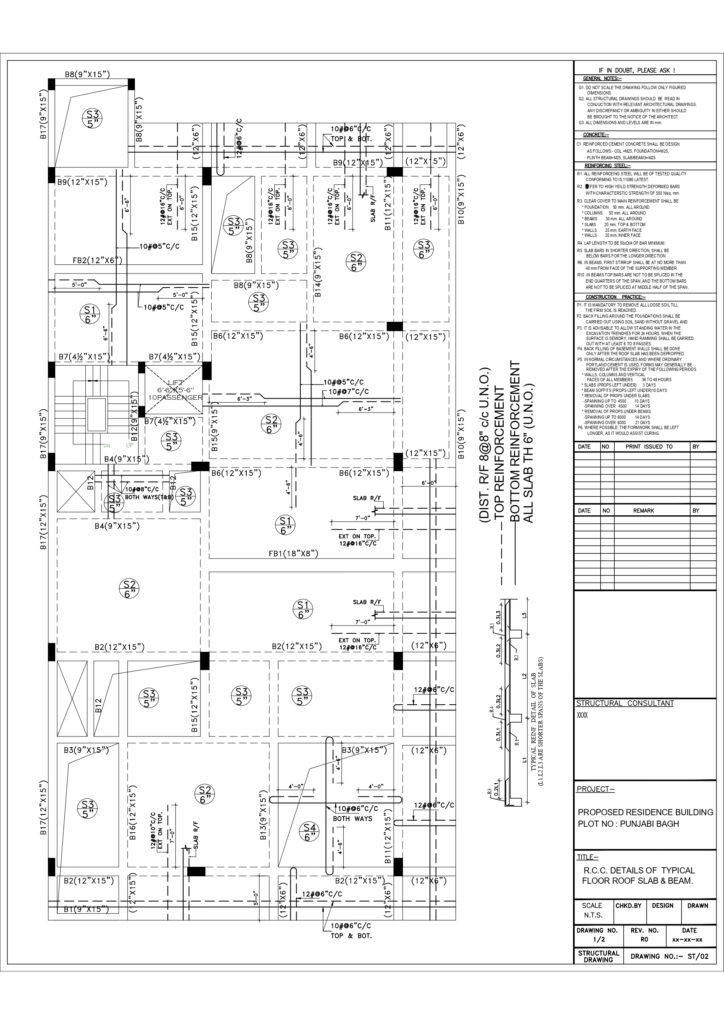
5. Reflected Ceiling Plan (RCP)
An RCP is like looking at the ceiling in a mirror. It shows lighting fixtures, HVAC systems, ceiling tiles, and sprinkler heads.
These drawings are crucial for coordinating building services and achieving a cohesive interior design.
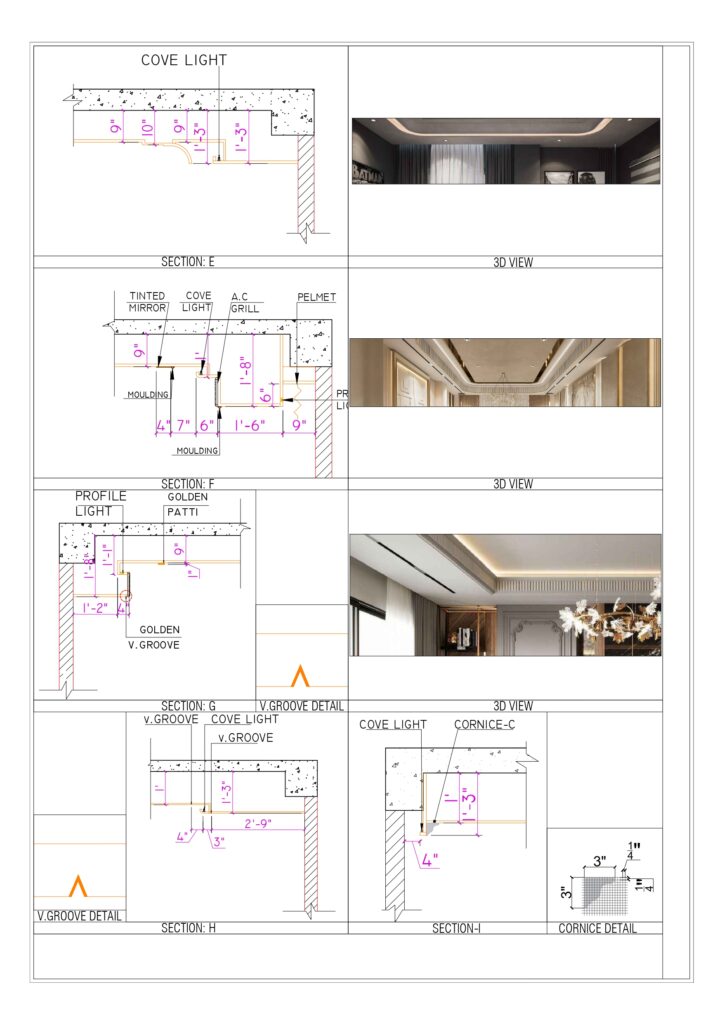
6. Detail Architectural Drawings
Detail drawings zoom into specific architectural components—like window sills, staircases, or curtain walls. They are drawn at a much larger scale and provide clarity on how different parts come together.
These help avoid confusion during construction and ensure everything is built exactly as intended.
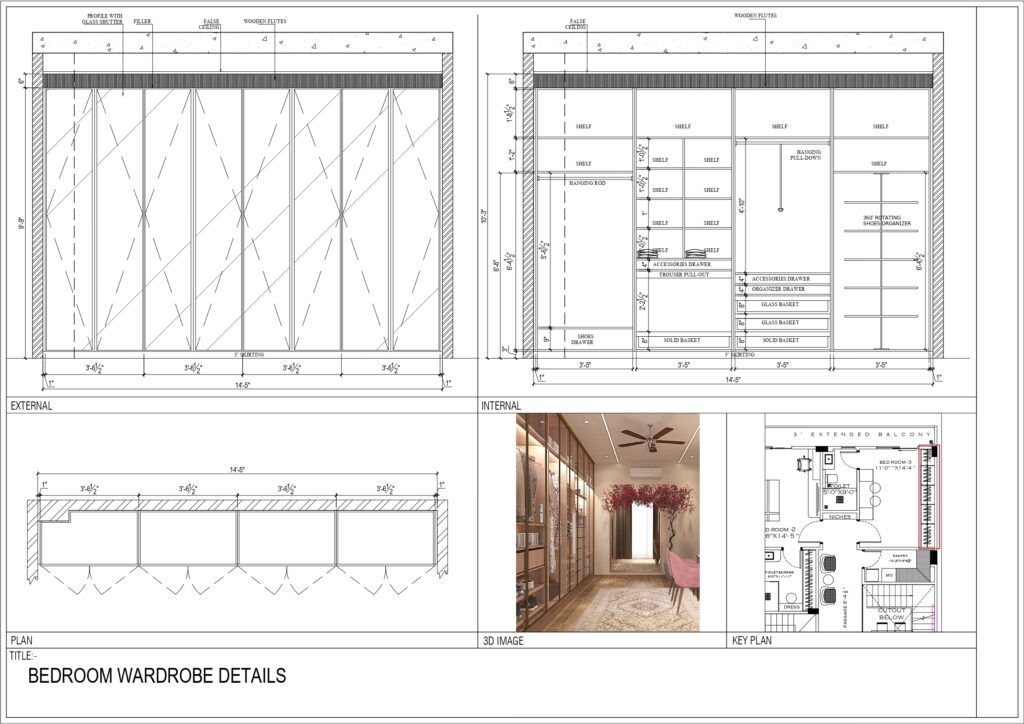
7. Door and Window Schedules
A landscape drawing shows gardens, pathways, lighting, irrigation systems, and exterior features like benches or fences.
For residential or commercial properties, this drawing enhances curb appeal and ensures harmony between architecture and nature.
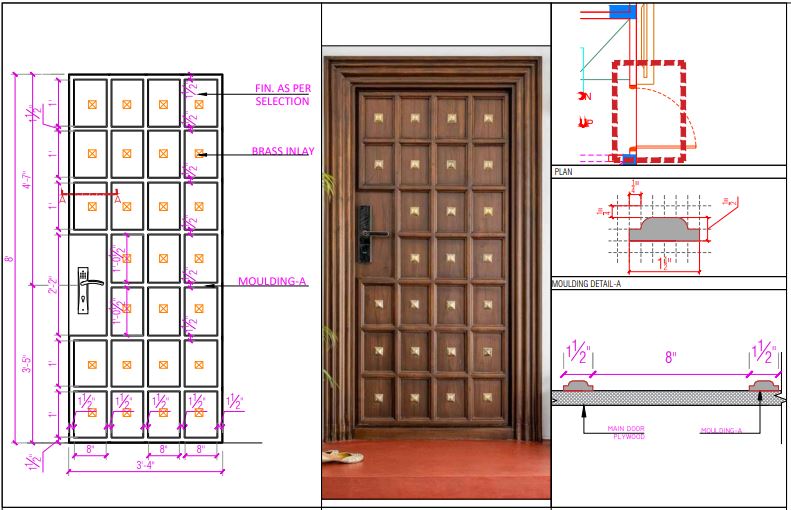
8. Finish Schedules
These specialized drawings guide excavation work by illustrating contours, levels, and areas to cut or fill. They also highlight underground utilities.
Accurate excavation drawings prevent site-level surprises and ensure a safe, cost-effective start to construction.
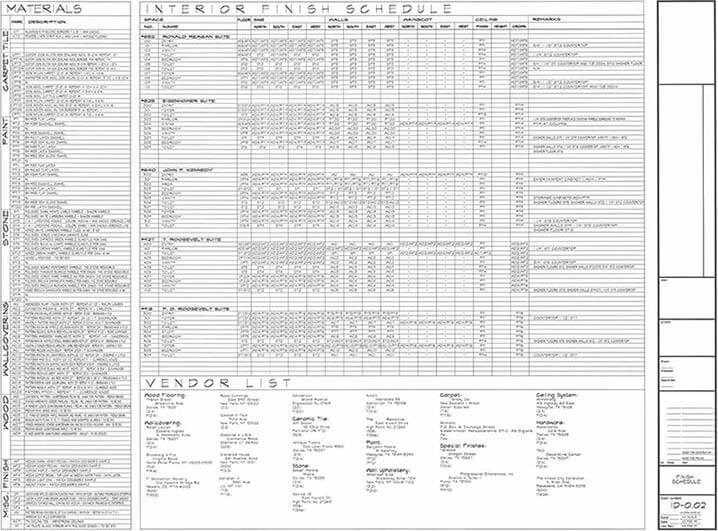
9. Electrical Plans
Once a project is complete, as-built drawings are created to reflect what was actually constructed—accounting for any changes made on-site.
They’re invaluable for maintenance, renovations, and future upgrades.
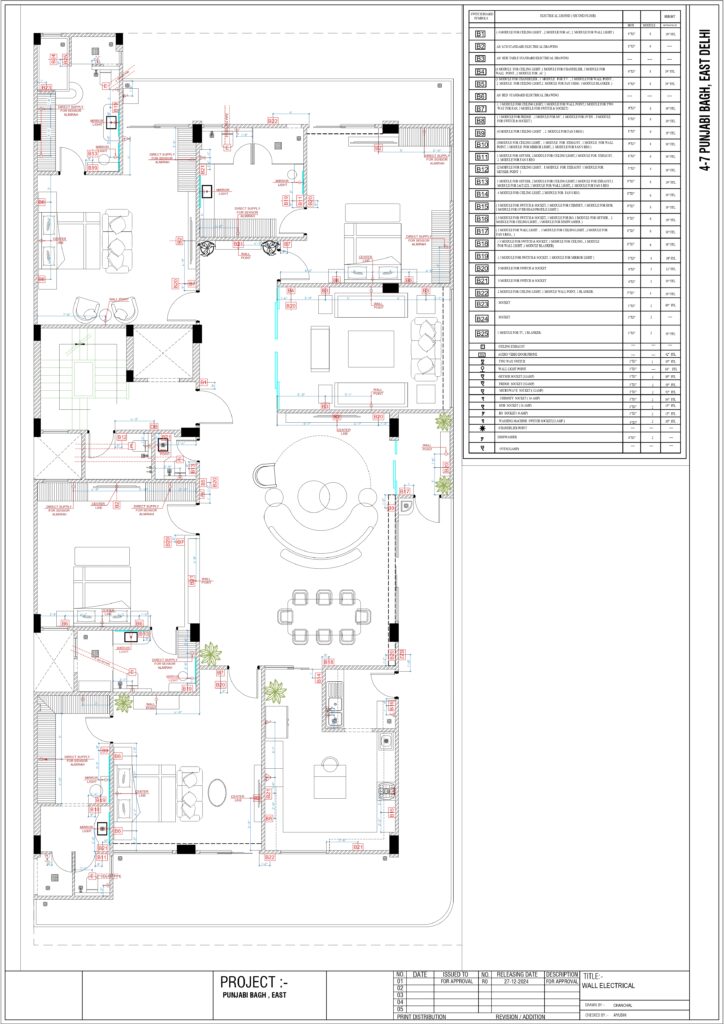
Why Architectural Drawings Matter
✅ Clear Communication – Everyone from architects to electricians works from the same reference.
✅ Regulatory Approval – Detailed drawings are essential for getting construction permits.
✅ Coordination – Avoid clashes between plumbing, electrical, and structural systems.
✅ Accuracy – Reduce costly errors and rework during construction.
✅ Documentation – Serve as legal and operational records for buildings.
Conclusion
Architectural drawings are more than just blueprints—they’re the language of construction. Whether you’re an architect, builder, or client, understanding the types and purposes of these drawings ensures better decisions and smoother project execution.
